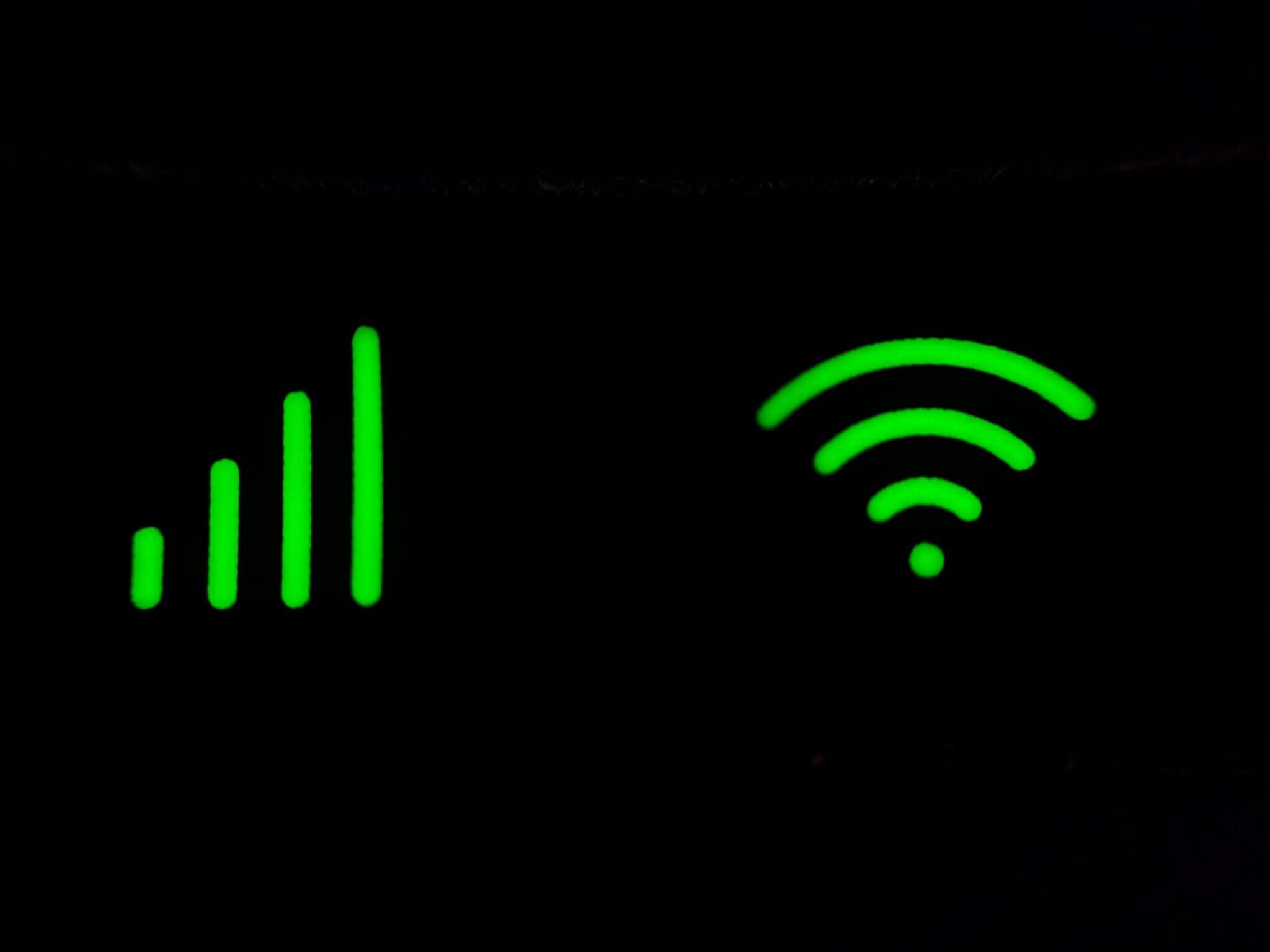
Ofcom is making airwaves in the lower 6 GHz band available — license-free — for Wi-Fi services in a pioneering bid to boost the UK’s internet speeds, shrugging off concerns about possible interference with services operating in that spectrum, including “several communication services [such as] mobile, fixed satellite and fixed links services.”
Telecoms companies will no longer need a licence to access these higher bands. The release of this spectrum will also enable Very Low Power (VLP) for outdoor use. Ofcom has also announced that it will be updating technical requirements for Wi-Fi routers to ease congestion in wireless networks to enhance the speed of the connection.
The move — also being considered in the US, as Computer Business Review reported in early April — has been welcomed by BT, Cisco, and Facebook among the 38 organisations that that responded to Ofcom’s consultation on the decision, launched in January. Regulator Ofcom announced the decision in Friday July 24.
To-date the lower 6 GHz frequency band in the UK has been allocated for satellite (Earth-to-Space) services in the 5.925-6.7 GHz band, fixed services in the 5.925-6.425 GHz band and mobile services in the 5.925-6.7 GHz band (low-power devices).
Why Free Up 6 GHz?
Facebook said [pdf] the decision would open up “opportunities for new VR/AR use cases”. Chipmaker Intel noted [pdf] said that Wi-Fi 6E devices will “leverage these wider channels and additional capacity to deliver greater network performance and support more WiFi users at once, even in very dense and congested environments.”
It added that the decision meant the UK was likely to be the first CEPT [an international telecommunications organisation with 48 members] member state to “open 5925-6425
MHz for operational licence exempt Wi-Fi use” and encouraged Ofcom to consider opening up the 6425-7125 MHz ban for licence exempt Wi-Fi use too.
The Radio Society of Great Britain was among those raising some concerns, saying “it is not clear how… exempt devices would be prevented from outdoor usage. If the latter were to occur in large numbers, this may result in significant interference to weak-signal receivers in… services including the amateur and amateur satellite services.”
The band can accommodate over double the bandwidth as the currently used 5 GHz band used by most Wi-Fi devices today. Broader use could turbo-charge the use of AR and VR, as well as ultra HD streaming, advocates believe, and help tackle growing congestion across existing bands used to transmit data by Wi-Fi.
Interference Concerns
Ofcom has also removed the Dynamic Frequency Selection (DFS) requirements from channels used by Wi-Fi in the 5.8 GHz band (5725-5850 MHz).
Previously this required a router to scan for radars and to switch channel if suspected radar transmissions are detected: “DFS can therefore represent a constraint
for equipment manufacturers regarding quality of service and throughput as well as being the cause of connection delays for users, Ofcom said.
“We are amending the requirements on this band on the basis that the risk of undue interference from indoor Wi-Fi use is extremely low.”
Ofcom said: “To understand the sharing possibilities and risk of interference to UK fixed links, we carried out some analysis that we believe to be representative of existing fixed link geometries and of future licence-exempt Wi-Fi use in the UK.
“Results suggested that opening the lower 6 GHz band for Wi-Fi on a licence-exempt basis is possible for indoor medium power use (EIRP up to 250mW) and outdoor very low power use (VLP) (EIRP up to 25mW), subject to a small, but unlikely, risk of interference into fixed links in environments that might not reflect realistic UK deployments. Opening the lower 6 GHz band will help meet current and future demand and facilitate new Wi-Fi use cases,” the regulator concluded.
Read this! 189,000 UK properties Can Now Legally Demand Fast Broadband says Ofcom
Before lockdown the average house would use up to 315GB of broadband data within a month, which according to Ofcom is the equivelent of watching up to four hours of HD video a day. These numbers can only increase. A limited number of Wi-Fi channels can cause congestion if several devices attempt to use the same Wi-Fi. Removing DFS requirements in the 5.8 GHz band will offer a higher number of wider channels, alleviating the strain on the 2.4 GHz and massively boosting connection time.
A spokesperson for BT has said in response to the changes in frequency regulation:
“BT fully supports Ofcom’s proposal to make this bands available for Wi-Fi. This is an
important step to avoid future congestion and interference of Wi-Fi systems in areas
of very high traffic density and would promote efficient and optimal use of the 5,925 –
6,425 MHz band. “This band will be particularly useful with the introduction of Wi-Fi 6.”






